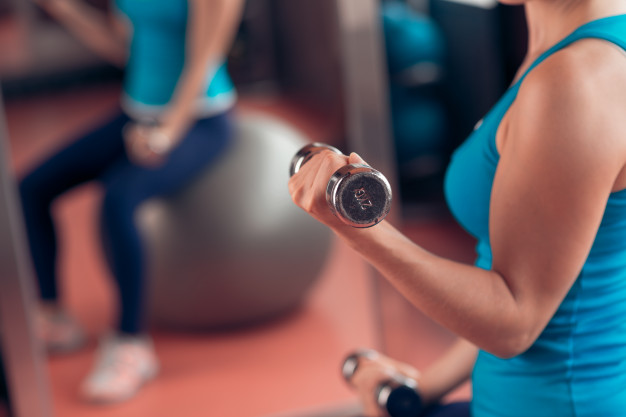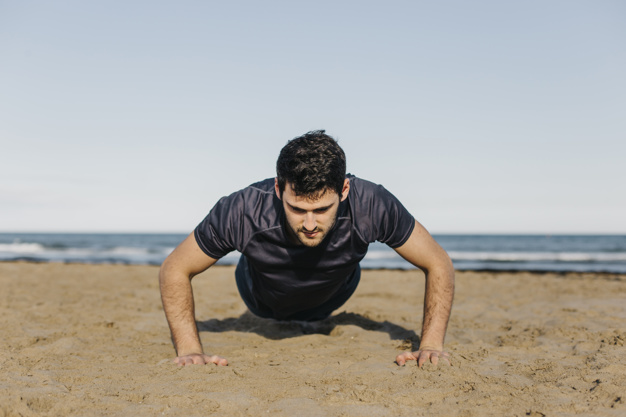A Beginner’s Guide on How to Build your own Workout Routine

Building your own workout routine can make fitness more fun, personal and specific to your fitness goals.
There are some kinds of exercises you can totally get on board with, and others that you quite simply hate. When that’s the case, it’s usually more productive to set your own fitness goals.
So, how do build your own routine?
Where do you start?
The most important questions you should ask yourself are:
- What are you doing now?
- Are you happy with what you are doing?
- Are you improving?
If you find yourself giving negative answers to any of these questions, something needs to change.
The next step is to ask yourself:
- What are your fitness goals?
- What aren’t you happy with in your current workout routine?
- How much time do you have for exercise?
Once you’ve identified the answers to these questions, you can start forming a plan. What you need to do when building your own workout routine is to throw it all out of the window—keep the good stuff, and use it as a basis for change!
What basics should you include?
Aerobic Fitness
Aerobic activity helps train your muscles, but only to make them better at the activity you’re doing; it won’t, for example, help you build bigger muscles.
Aerobic activity doesn’t necessarily mean you have to go to an aerobics class. Walking and jogging, swimming, cycling, dancing, gardening and cleaning can all be aerobic fitness activities, providing you do them vigorously enough to make you warm and a little out of breath.

Strength training
This type of training, also called resistance training, is more about specific muscle groups, and how much load they’re able to handle. Strength training can also help to improve bone strength. Exercises such as push ups, lunges, squats, jumping jacks, planks, etc. can be performed.
Muscle Endurance
Muscle endurance is about how long a muscle is able to keep working until fatigue sets in, and can also help sculpt your muscles. Exercises such as squat thrusters, reverse lunges with your knee-up, long jump, burpees, frog squat jump, etc. can be included.
Core Stability Work
Exercises that work the core muscles require the use of your torso without support. A few exercises include planks and bridging; there are lots of different core stability exercises that can be done using a gym ball too. Abdominal crunches and side planks can be practiced.
Putting it all together
It is recommended by experts that for most adults with good general health need around 150 minutes of moderate aerobic activity, or 75 minutes of vigorous activity, OR a combination of the two over the course of one week.
This can be broken up into as little as 10 minute sessions, which makes fitting exercise into a busy lifestyle more manageable.
The Final Word
So make sure to include a mix of activities such as aerobic work, muscle strength training, core stability activities, balance and flexibility. All of these components add up to a well-balanced workout routine.
Consider which fitness components your exercise regime covers, then make a list of the components not covered, and add in extra activities to meet these needs…and voila—you’ve created a well-rounded personalized workout routine!
Reference:
https://www.nerdfitness.com/blog/how-to-build-your-own-workout-routine/


